As a discerning Australian traveller who is looking for something more than beaches (we all know we have the best), I can categorically say that the best time to visit Catalonia is the European winter.
Coming from sticky Sydney, the clear blue skies and crisp January air were a welcome relief.
Over eight days, our Tour de Catalunya’ featured ancient towns, rambling vineyards, natural parks and delicious meals. Here are some of the highlights.
TARRAGONA
The site of the Roman town of Tarraco, Tarragona is a city steeped in history. As well as the very well-preserved Roman amphitheatre, you can visit Tarragona’s 1st century praetorium and Roman circus which was once used to hold chariot races.

There is a 12th century cathedral and a beautiful old quarter. A stroll around the narrow, paved streets reveal small, welcoming tapas bars, remains of Roman walls and some amazing street art.
The town also boasts numerous protected sandy beaches and walking paths along the coastline as well as the very popular PortAventura and Ferrari Land theme parks.


DELTA D’EBRE
An hour south of Tarragona and you reach the beautiful and desolate Ebro Delta Natural Park. The Ebro Delta is the largest wetland in Catalonia and home to a colony of flamingos.
Rice fields, lagoons and ponds surrounded by rushes and reeds provide the backdrop for the huge variety of birdlife including herons, egret, ibis and harriers.
Cycling is the best way to explore the area and provides easy access to the best spots for wildlife viewing. The flamingos were present and doing what flamingos do best; standing around in knee deep water mostly on one leg!

The region is home to a flourishing mussel growing industry. Tastings and guided tours of the mussel farms are available.
We were only able to spend a few hours at the Ebro Delta and came away feeling that there was much more to see and do.
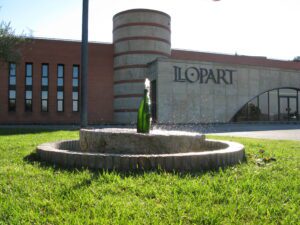 LLOPART VINEYARD
LLOPART VINEYARD
A visit to the award winning Llopart Vineyard gave us an education in the Spanish sparkling wine Corpinnat.
Corpinnat is made in a very special way and from a special place, the Corazón del Penedès. This is a small wine growing region located between Barcelona and Tarragona.
The wines are 100 per cent organic and have been harvested by hand. There are only nine Corpinnat producers which makes it much more exclusive than Champagne!
Public record first notes the existence of a bottle of sparkling Llopart in 1887. The Llopart family have grown vines on the land since the 1300s and the vineyard is still run by members of the family to this day.
Llopart offers many different types of guest experiences: we enjoyed a full tour of the facilities including a drive into the vineyard and an opportunity to taste the wines in the fields where the grapes are grown.
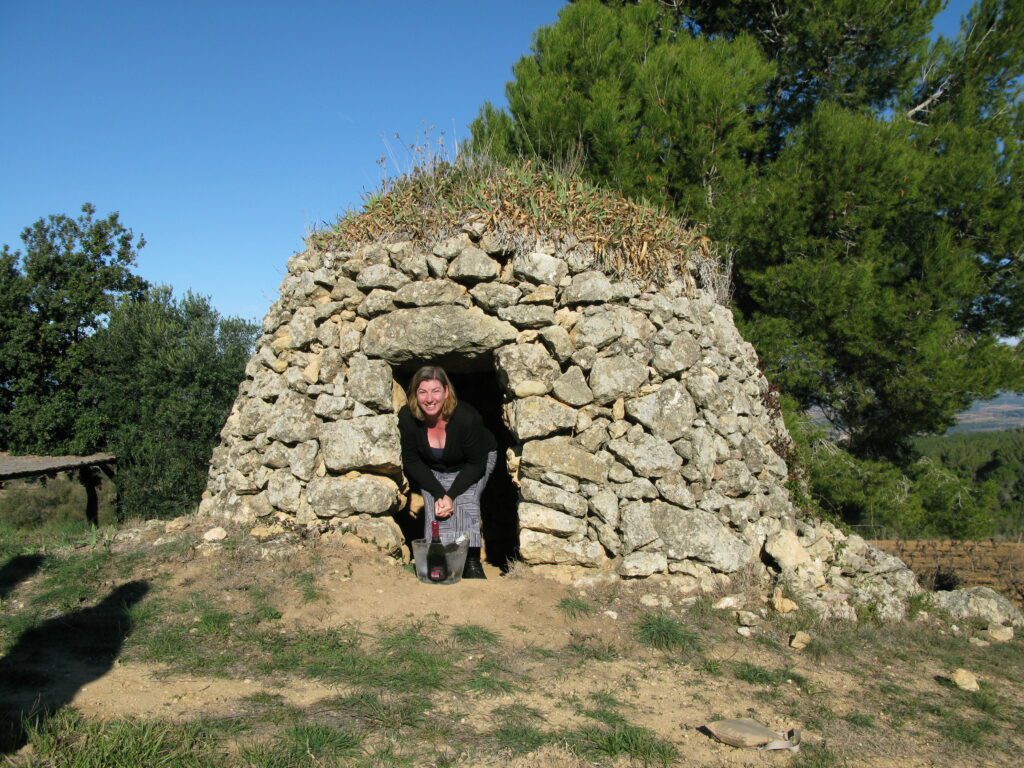
GIRONA
Imagine narrow alleys with high limestone walls, twisting around a cathedral and up a hill to ancient city walls.
The old quarter is still a fully functioning area of the city with many residential properties but feels medieval.
We stayed in an apartment buried deep inside the aged walls. Three flights of stairs to the entrance and then spread over three floors with rooftop views across the town.
I must admit I fell in love with Girona in winter. Venture out after dark and the town is yours.
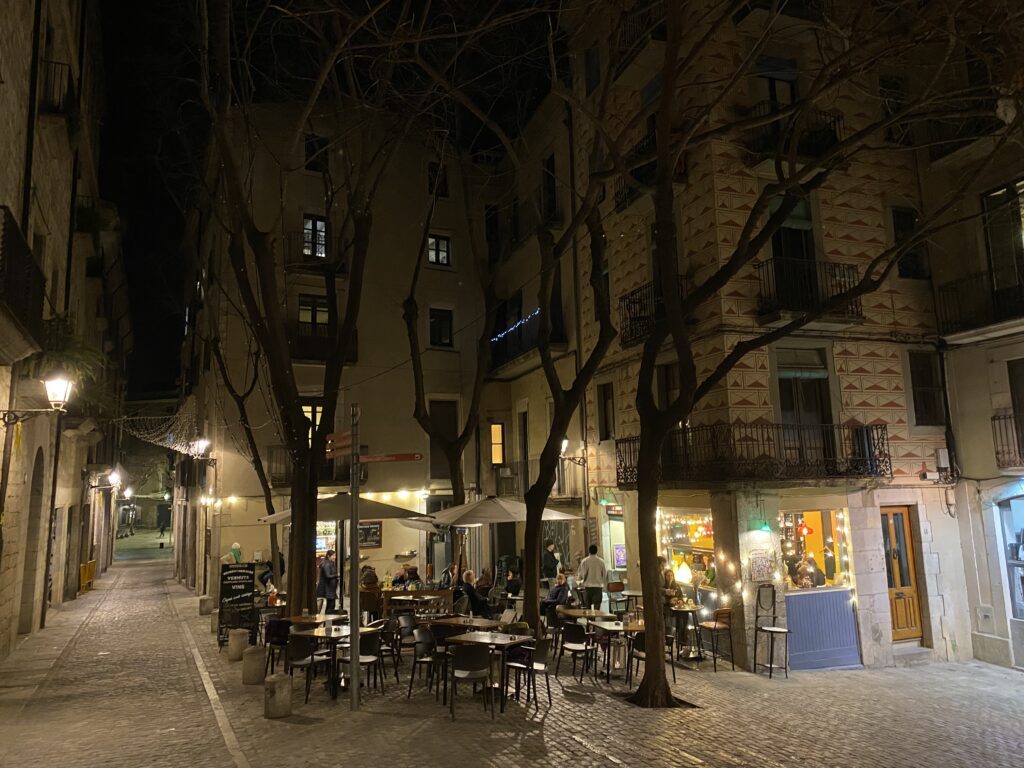
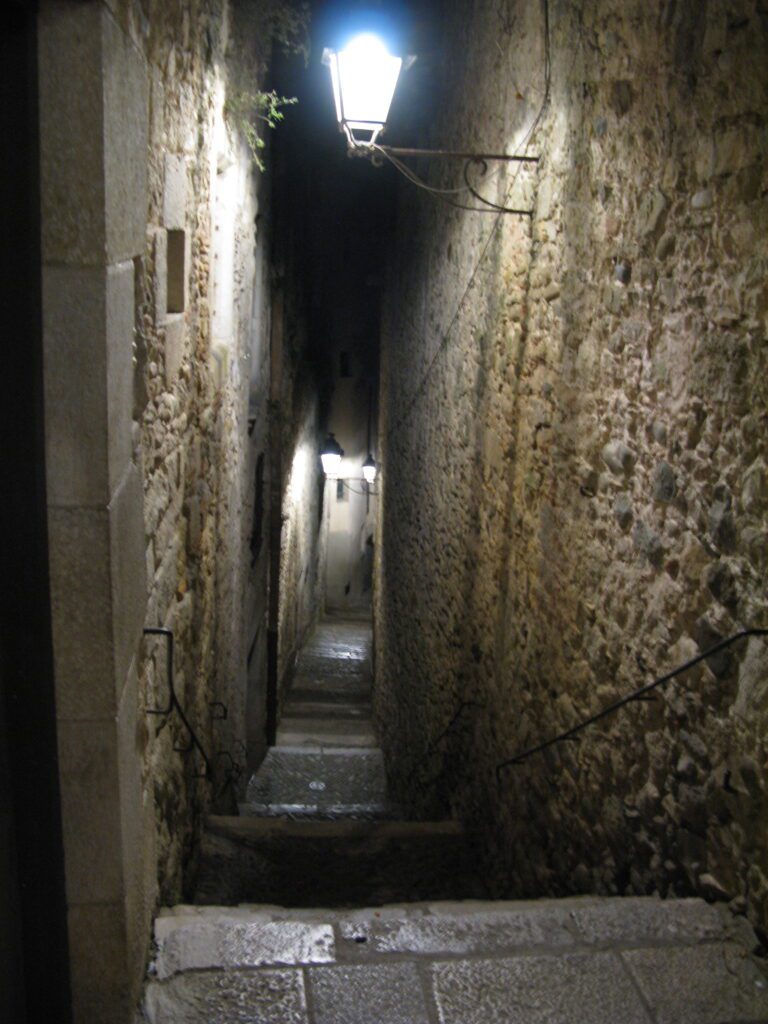
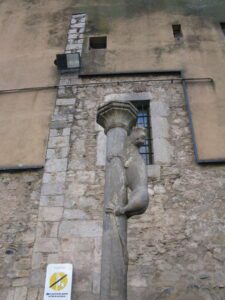
The Girona Lioness
No wonder the town was a location for Game of Thrones – very little alteration needs to be made and you’re back in medieval times.
Gloria, a local guide, met us for a tour of the old town regaling us with many stories relating to the city’s history, including the myth that kissing the bottom of the Girona lioness will give you good luck!
This behaviour was tolerated for many years, in fact there was even a step so that people could reach the lioness. Sadly, during COVID the practice was deemed a health risk, the step removed and a very graphic no kissing the bottom’ sign installed.
Our walk involved several stops to taste the delicacies of Girona, including Xuixo (delicious cream-filled deep-fried pastries), ham, cheese and wine, providing a welcome respite from the many steps walked.
DALI THEATRE-MUSEUM
Without question, Salvador Dalí was an interesting character and nowhere displays that character more than the Dalí Theatre-Museum in his hometown of Figueres.
Said to be the biggest surreal object in the world and conceived and designed by the artist himself, the museum allows visitors to capture the artistic journey of Salvador Dalí (1904-1989) through a broad spectrum of works.
The route around the rooms allows visitors to capture his first artistic experiences, surrealism, nuclear mysticism and his passion for science, guiding them to the works of the last part of his life.
Dali is even buried in a crypt below the stage in the museum. To make the most of the visit, guided tours are recommended.
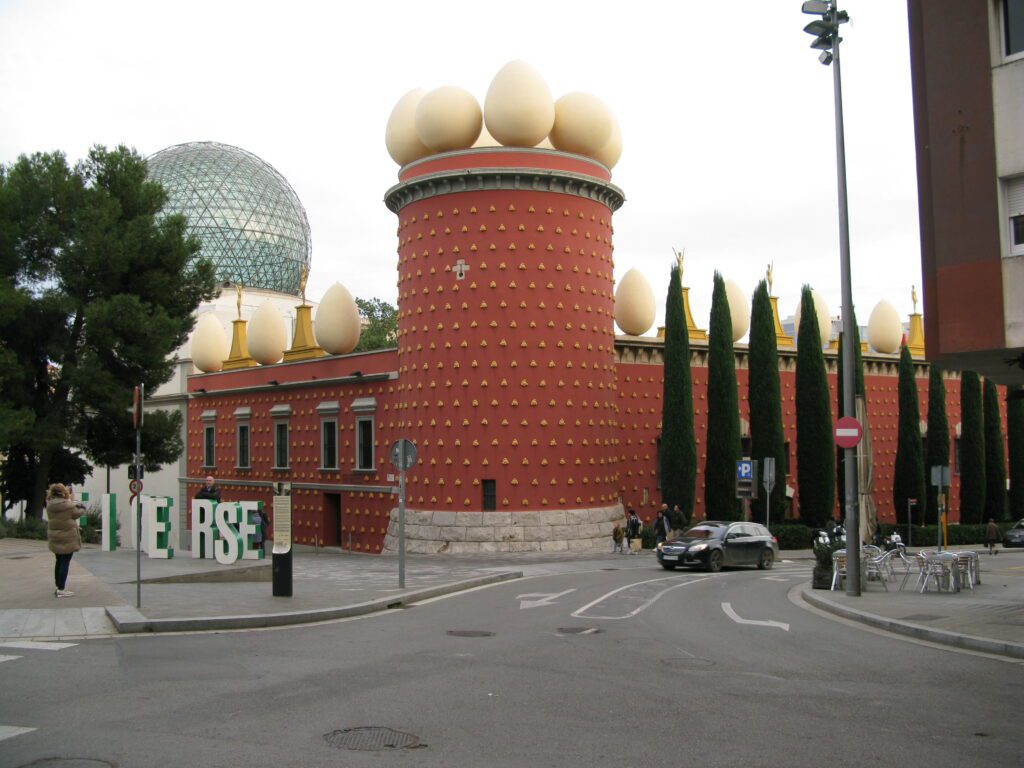
Even the outside appearance of the building shouts Dali
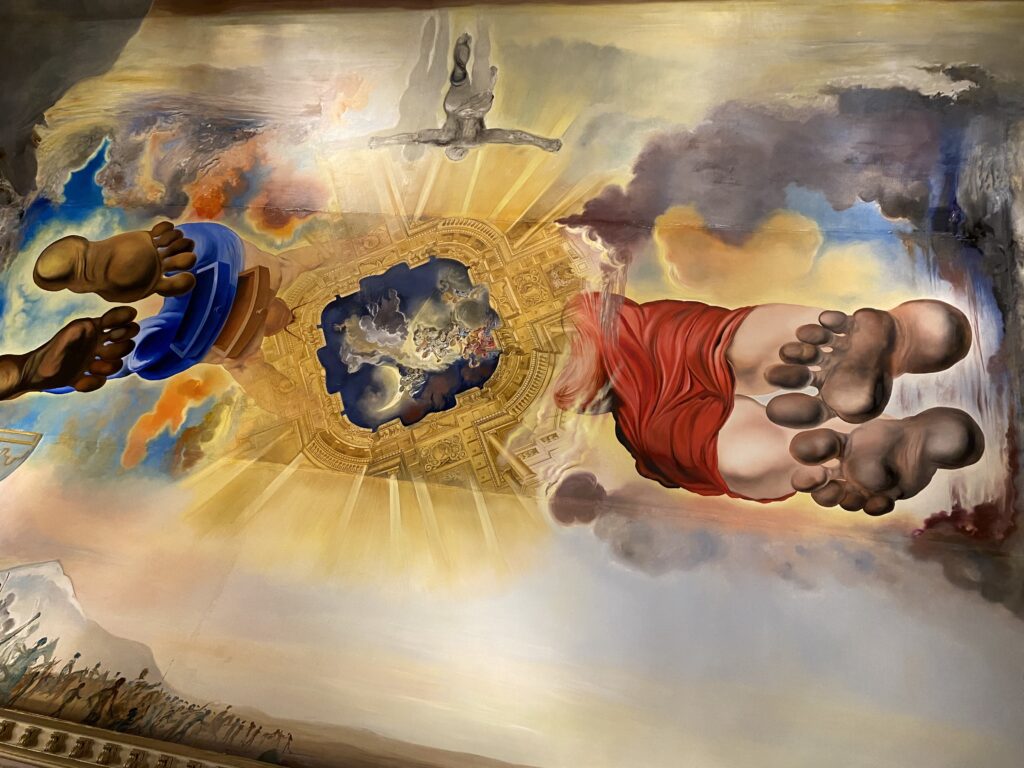
THE FOOD
Last but absolutely not least, I must talk about the food. From the freshly carved Jamon in the local supermarket to the abundance of tapas to the moist yet crispy tortilla de patatas to the thick chocolate sauce used for churros dunking, Catalonian food is delicious.
The Catalonians pride themselves on their gastronomic delights and there’s no question why. Girona hosts a three-star Michelin restaurant (one of only 137 in the world). While we were not lucky enough to eat at El Celler de Can Roca, we did eat at some great restaurants.
In Figueres, the family-run Hotel Emporda hosts El Motel restaurant. This is a formal dining experience with attentive service. The chef Jaume Subiros uses local seasonal produce to provide an interesting six-course tasting menu at a reasonable price and the highlight of the meal an old-fashioned dessert trolley!
How many desserts is the maximum it’s polite to ask for? We decided three!
Our eight days in Catalonia has whetted my appetite. I will definitely be back to explore the villages of the Pyrenees, Montserrat, Cadaque & more!



